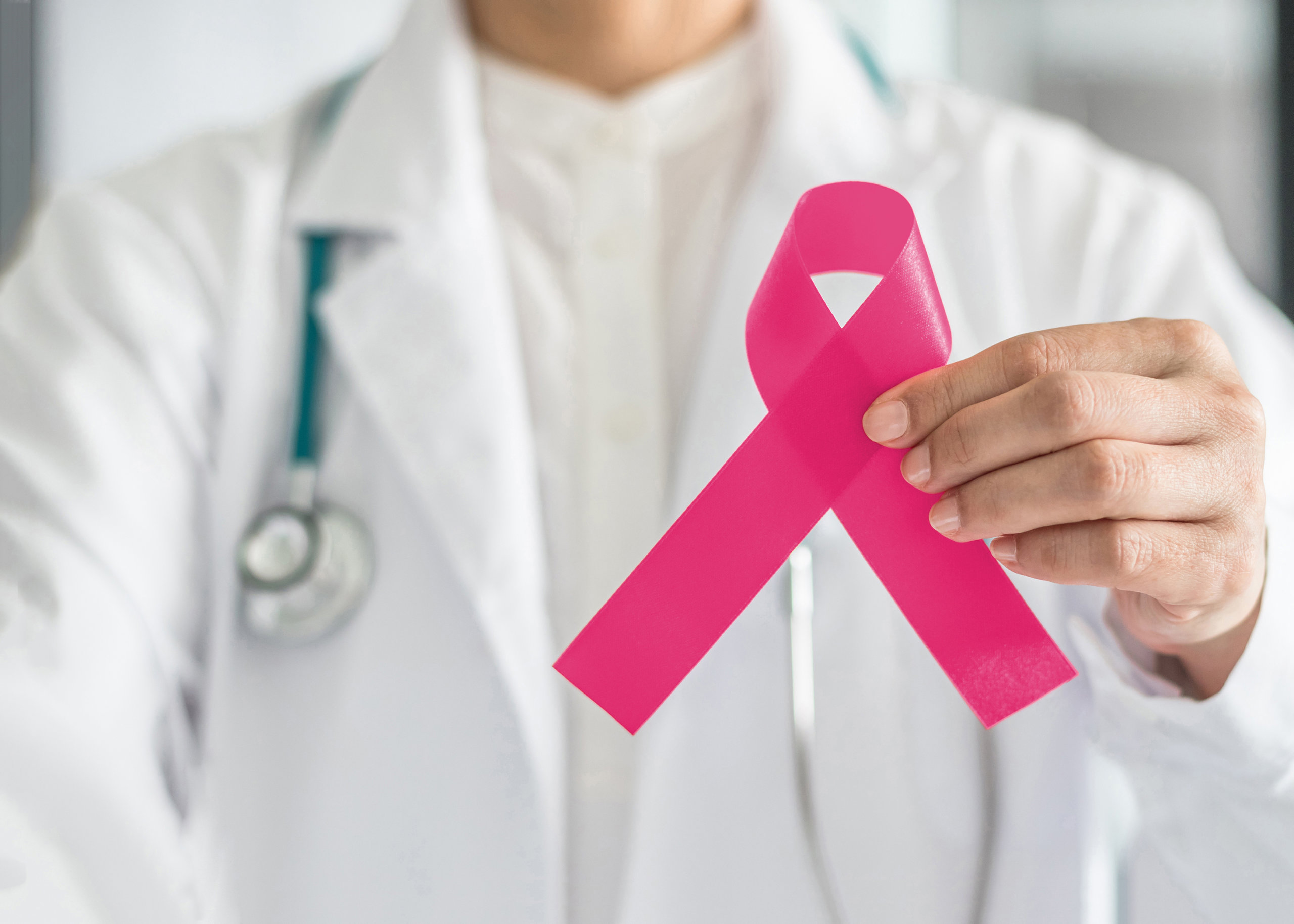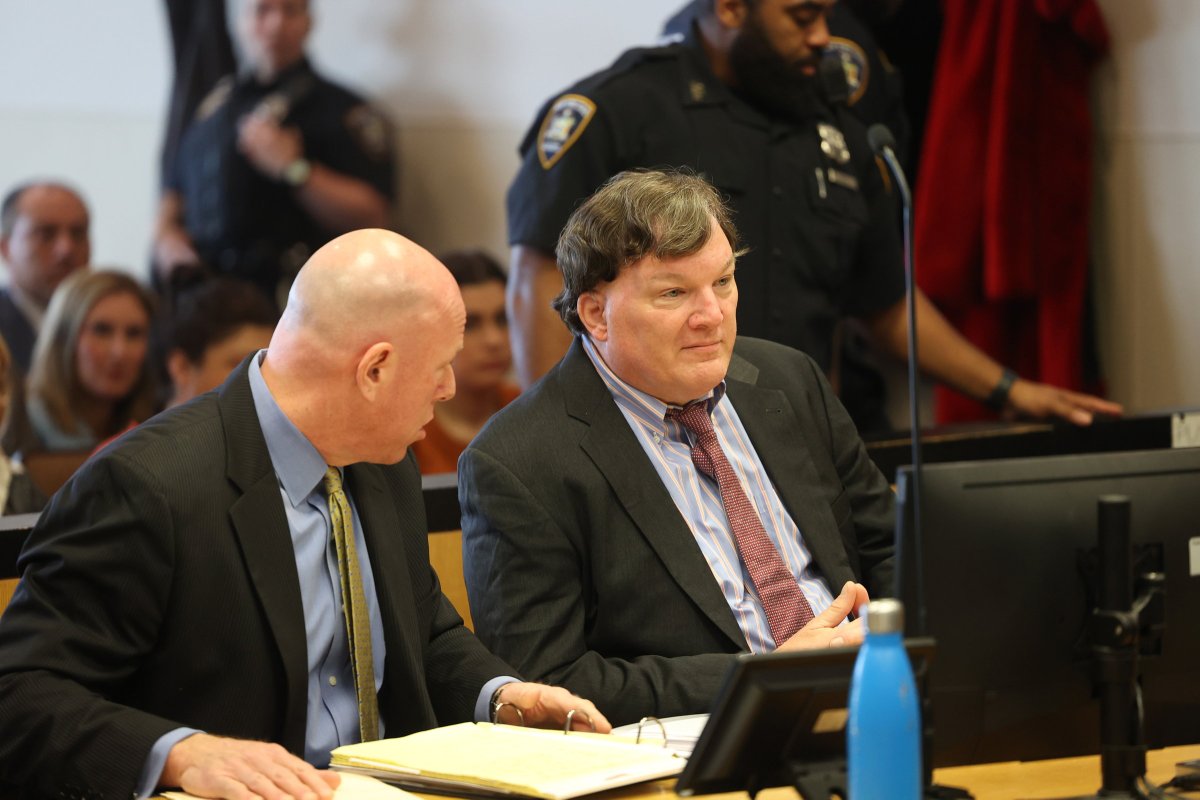Life-Saving Exam: Breast Cancer Screenings Depend on Risk

Breast cancer screenings save lives.
“Studies have shown that early detection of breast cancer decreases mortality by 15 to 40%,” says Dr. Nina D’Abreo, medical director of the breast health program at NYU Langone’s Perlmutter Cancer Center-Long Island.
But while experts agree on the need for breast cancer screenings, screening guidelines have become increasingly complex in recent years. Organizations have released different, sometimes contradictory guidelines, and recommendations have become considerably more individualized, based on a woman’s risk factors.
On average, a woman has a 1 in 8, or about 12.5%, chance of developing breast cancer over her lifetime.
“Women who are at average risk for breast cancer should get a baseline mammogram at age 40 and then continue to get mammograms annually,” says Dr. Alice Kim, breast imaging director for Catholic Health. “Women whose breasts are heterogeneously or extremely dense should also be evaluated by ultrasound.”
After age 75, “we still recommend annual mammograms, but women should engage in shared decision-making with their doctors, with functional status and life expectancy taken into account,” Dr. D’Abreo says.
Women in their 20s should begin receiving clinical breast exams and discuss their family history with their gynecologist or primary care physician to determine their likelihood of carrying the BRCA1 and/or BRCA2 mutations, which are associated with a considerably increased risk of breast cancer, and whether genetic testing is recommended, according to Dr. Melissa Fana, chief of breast surgery at South Shore University Hospital in Bay Shore and director of breast services at Mather Hospital in Port Jefferson.
Many factors are associated with increased breast cancer risk, and several models are used to calculate an individual woman’s lifetime risk. Guidelines call for women whose lifetime risk exceeds 20% to be screened more closely.
The high-risk category “certainly includes women with the BRCA1 or BRCA2 mutation and certain other genetic mutations,” Dr. D’Abreo says. Risk is also elevated for patients who have had a prior history of abnormal cell growth such as atypical hyperplasia or lobular carcinoma in situ (LCIS); a personal history of breast cancer; a first-degree relative — parent, sibling or child — with premenopausal breast cancer; two or more first-degree family members with breast cancer, regardless of their age at diagnosis; family history of ovarian cancer or male breast cancer; or a history of radiation therapy to the chest area.
Other factors go into calculating a woman’s individual risk, including reproductive history and age at onset of menstruation and menopause.
“For women with a lifetime risk of 20% or higher, MRI may be used as a supplemental screening tool,” Dr. Fana says. Annual MRIs are typically given at six-month intervals with the patient’s annual mammogram (and sonogram, if applicable).
Women with elevated risk may be advised to begin annual mammograms and other screening tests before age 40.
If you do not know your breast cancer risk, have a conversation with your gynecologist or primary care physician.
“When women come to us for a mammogram, we calculate their risk score and include this information on the mammography report,” Dr. Kim says. “This assists gynecologists and primary care physicians in advocating for their high-risk patients in getting insurance companies to authorize MRIs.”
Breast cancer risk models such as Tyrer-Cuzick have risk assessment calculators on the web that allow women to input factors such as age, height and weight, age of menstruation onset, pregnancy history and family history, among others, to calculate their risk.
But it’s best to discuss breast cancer risk with a healthcare provider.
“Some models may overestimate some factors, and women may be alarmed by the findings,” Dr. Abreo says. “Context matters. It’s important to talk to your doctor about your risk of getting breast cancer and what screening is appropriate for you.”



